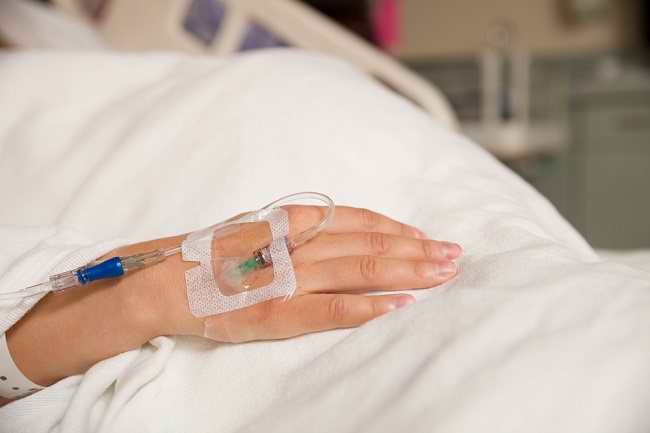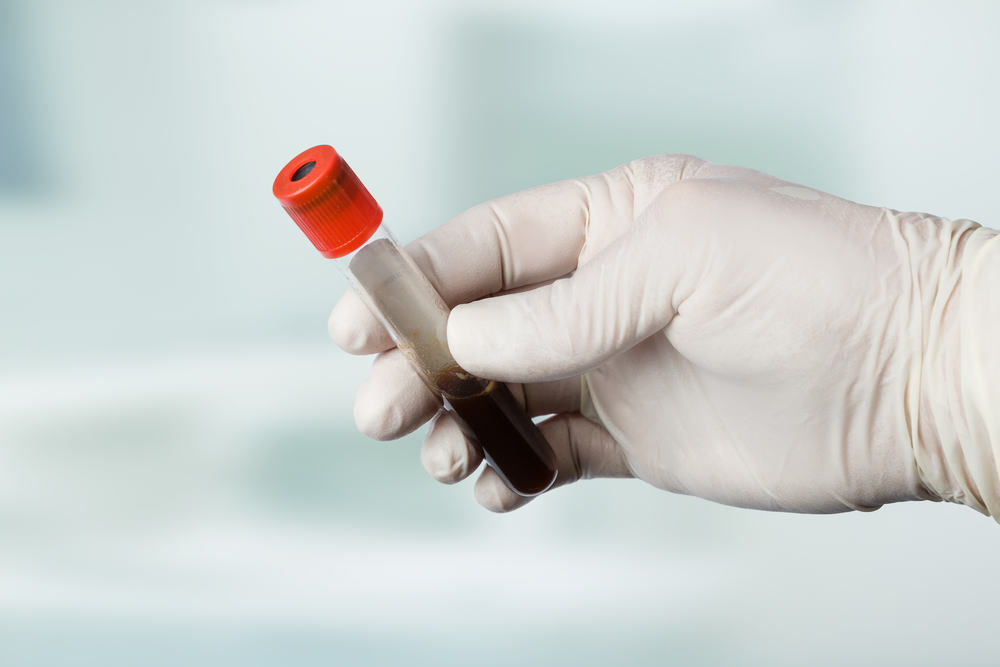A femoral hernia is a condition when fatty tissue or part of the intestines penetrates out of the abdominal wall and through the thigh, precisely in the femoral canal, the channel through which blood vessels pass to and from the leg.

Symptoms of a Femoral Hernia
A femoral hernia is characterized by a lump in the upper thigh, or near the groin. The lump is not always visible, especially in small to medium-sized hernias. However, in large femoral hernias, not only is a lump visible, but also pain that gets worse when the patient stands, stretches, or lifts heavy objects.
In severe cases, a femoral hernia can cause a strangulated hernia, which is a pinched bowel condition, thereby stopping blood flow to the pinched intestine. Symptoms include abdominal pain, nausea, vomiting, and sudden pain in the groin. This condition must be treated immediately, because it can cause death.
Femoral Hernia Causes and Risk Factors
A femoral hernia occurs when the opening of the femoral canal weakens. However, it is not known exactly what causes this condition. Research says that the weakness of the femoral canal can occur due to birth defects, or arise with age.
Compared to men, femoral hernias are more prone to be experienced by women, especially older women. This is presumably due to the shape of the female pelvis which is wider than that of the male.
In addition, other factors that can trigger a femoral hernia include:
- Give birth
- Chronic cough
- Excess weight
- Straining too hard due to constipation
- Lifting or pushing heavy loads
- Difficulty defecating in the long term
- Difficulty urinating due to an enlarged prostate.
Diagnosis of Femoral Hernia
Doctors can suspect a patient has a femoral hernia through a physical examination of the groin area. In general, doctors can feel a lump if the hernia is large enough. If the patient is strongly suspected of having a femoral hernia, but the lump is not found on physical examination, the doctor may perform an X-ray, ultrasound, or CT scan of the groin area.
Femoral Hernia Treatment
In general, femoral hernias are small and do not cause any symptoms, do not require special treatment. However, the doctor will continue to monitor the progress of the patient's condition. As for medium to large hernias, the doctor will perform surgical procedures, especially if the hernia is causing pain.
Hernia surgery can be done openly or laparoscopically (keyhole surgery), by first giving the patient general anesthesia (general anesthesia). The goal of both methods is to return the hernia to its original position. Then, the door of the femoral canal will be sutured and reinforced with synthetic mesh (mesh) to prevent hernia recurrence.
Although the goals are the same, open and laparoscopic surgery have a number of differences. Open surgery involves making a wide incision, thereby prolonging the healing time. Whereas in laparoscopy, the doctor only makes a few keyhole-sized incisions, so the healing time is faster.
The choice of surgical method depends on several factors, including the size of the hernia, the cost of the operation, and the experience of the surgeon himself. Patients can go home on the same day or the next day. Meanwhile, the time needed for complete recovery ranges from 2-6 weeks.
Femoral Hernia Complications
Untreated femoral hernias can lead to dangerous complications, such as:
- Incarcerated hernia. An incarcerated hernia is a condition where the intestines are pinched and difficult to return to their normal position. This condition can lead to intestinal obstruction and strangulated hernia.
- Strangulated hernia. Strangulated hernia is a condition of the intestine or tissue that, apart from being pinched, has also reduced the blood supply to the tissue. If not treated immediately, a strangulated hernia can cause tissue death (gangrene) in the pinched intestine, and threaten the life of the sufferer.









